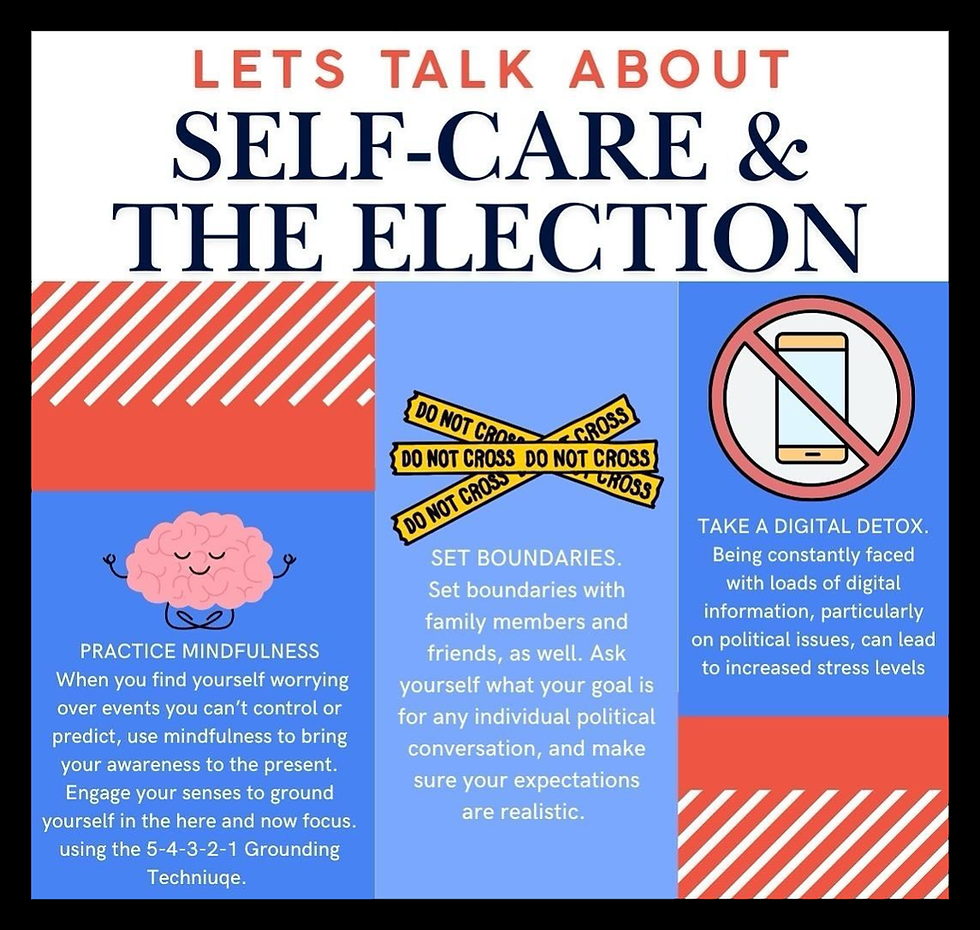Find Peace at Home
- Sharee Allen, LMFT

- Sep 6, 2023
- 2 min read
A stronger connection with your partner & family awaits
Using Emotionally Focused Family Therapy techniques, we can identify negative patterns and replace them with more effective communication strategies.

The first step to improving our home life is always stabilization. As therapists, we may start by asking questions of each family member in order to establish a baseline. Then we assign therapy homework that involves identifying and naming of each other's strengths. We want to establish that although it may not always feel like it, you are all actually on the same team. One of these assignments could be: Go home tonight and write out an answer to the prompt, What are some things that your partner/child/parent does well to manage your relationship?
“We want to establish that although it may not always feel like it, you are all actually on the same team.”
Once all members of the family system are feeling more capable of taking steps toward improvement, we move on to the second phase: restructuring. We might expand our communication styles in session by introducing letter-writing, journaling, active listening/repeating, and the use of "I" statements. When it feels safe to do so, we can also explore the underlying fears surrounding the relationship's future and each member's sense of self as it connects to the whole. An example: list three anxieties you may still have from previous relationships (including your family of origin) that show up now in your current dynamic. Begin with "I feel anxious when ______, which reminds me of when ______."
Integration and Maintenance
The final stage in EFFT is integration, a way to bring what we've learned home and implement it into our daily lives. Ideally, we are beginning to do this already during the restructuring stage. But it's just about the therapist stepping back and observing the couples' or family's ability to do this more often without necessarily being prompted. One way I've seen this look: a couple comes into session and reports to me that they "handled" a common disagreement without it devolving into yelling this time. Each partner was able to identify their emotions and insecurities that were activated and ask for what they needed without doling out blame.
Of course, like all therapeutic interventions, this is a process. It requires patience with yourself and others in your family system. But it has proven successful with many clients, and led to each member being more able to show up more for their loved ones. To learn more about Emotionally-Focused Family Therapy, visit the site EFFT.org or check out Groundswell Psychotherapy's Other Resources.




Comments